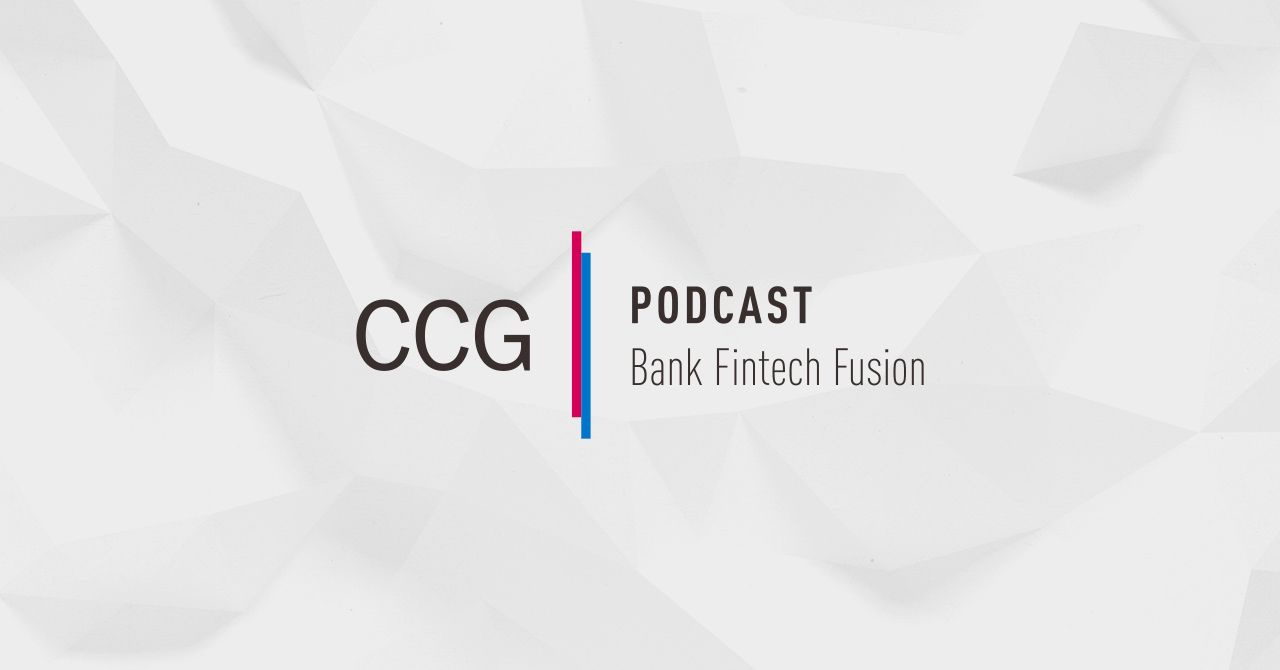Bank Execs Need Better Integration Capabilities
June 9, 2022
Bank Cores and Integration
Bank executives in the US are looking for better third-party integrations from their core provider. In fact, according to CCG Catalyst’s recently published 2022 US Banking Study, which includes the perspectives of 127 C-level bank executives surveyed between November 2021 and February 2022, 26% of respondents say this is the number one improvement their core provider could make to increase their satisfaction, making it the top choice selected across a range of responses. It’s also up from the third slot in last year’s survey, signaling that the ability to integrate more widely is growing in importance for banks across the country.
The need to integrate with third parties like fintechs and other technology vendors is generally tied to a desire to differentiate through a best of breed approach, which banking institutions are now seemingly warming to after decades of pulling in all of their solutions from a just handful of providers. The problem is, in order to be able to go out and procure the most suitable offerings — for example, if you’re looking to bring in a different digital account opening tool or implement new data analytics capabilities — those solutions need to be able to integrate with core systems that weren’t necessarily designed to be integrated with a wide array of external providers. As a result, banks may be left looking for integrations that simply haven’t been built yet.
As we’ve discussed before, there are a couple of ways around this. The first is to work with your core provider on getting those integrations in place. This can take time and is often expensive, but it enables a bank to get what it needs with help and support. The other way is to build your own integration layer that sits above the core and can seamlessly integrate to any provider you like via easily consumable application programming interfaces (APIs). This path offers complete freedom but also requires considerable resources and oversight on the part of the bank. The path you choose will depend on your strategy and appetite for technology development. But that’s not really the point — the point is to have a strategy in the first place, to think about how your organization fits into this new environment. It’s clear that the industry is moving away from the prevailing one-size-fits-all approach to technology; the data illustrates that. So, how will your bank adapt? What will your response be?
Against a backdrop characterized not only by a need for differentiation but also the emergence of new ways of doing business like Banking-as-a-Service (BaaS) and embedded finance, the ability to integrate is only going to grow more important. Today, we’re looking at entirely new models and ways of working that require specific tools and integrations to be successful. In a sense, this isn’t just about being able to use different solutions for your existing operations; it’s about being able to participate in completely new areas and getting ready for those that may be on the horizon. In real risk of sounding like a broken record, it’s about planning for a future that doesn’t yet exist. As such, those who haven’t started thinking about their own integration capabilities yet should be a little worried. It’s long past time to get off the starting block.







